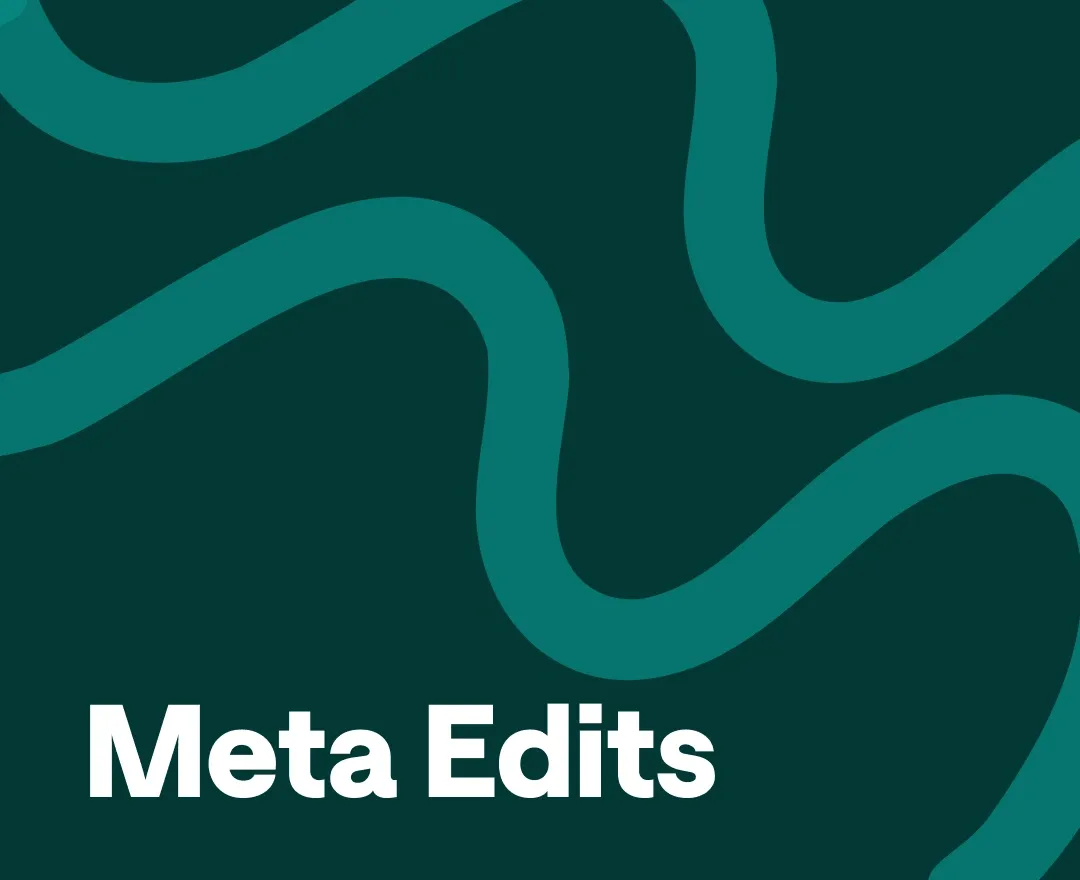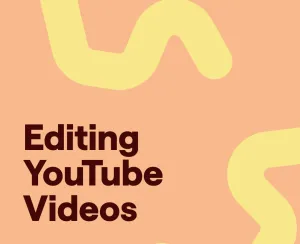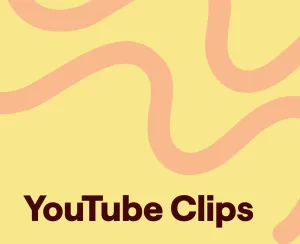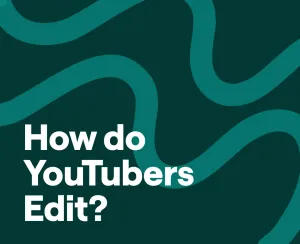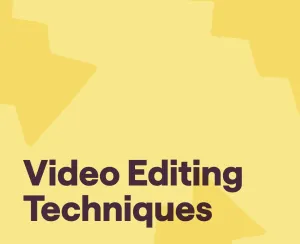Meta has done it again. With the announcement of their new video editing app, Edits, they’ve managed to capture the attention of creators worldwide.
The timing couldn’t be more strategic. Following the recent ban on ByteDance’s CapCut and TikTok, apps which are facing a permanent store removal in US, many creators were left searching for viable alternatives.
Edits steps in at the perfect moment, but there’s more to this story.
Let’s break down exactly what this app offers and why it’s making waves even before its release.
Psst... Want to Listen to This Blog?
Prefer listening over reading? Hit play below to hear this blog, brought to life using our AI Voice, Declan:
What is Instagram Edits?
Edits is Meta’s answer to a growing demand for professional-grade video editing tools that fit in your pocket. Announced by Instagram head Adam Mosseri, this app has been tailored for creators who want to produce standout content directly from their phones.
This isn’t about casual tweaks or quick fixes. Edits caters to creators who treat video production as a craft. By focusing on deep integration with Instagram’s ecosystem, it ensures that your content creation process—editing, optimizing, and publishing—is all in one place. If you’re serious about leveling up your Instagram Reels, this app is built for you.
Features That Set Edits Apart
Meta’s commitment to creators shines through the app’s carefully considered features. Here’s what makes Edits a standout tool:
1) Precision in Every Tool
Whether you’re trimming clips, adjusting lighting, or perfecting transitions, Edits offers the tools needed to refine every detail. The addition of a high-quality in-app camera ensures that creators start with the best raw footage possible.
2) A Creative Space to Spark Ideas
The inspiration tab is your go-to for trending audio, innovative concepts, and fresh perspectives. It’s more than just content ideas—it’s a space to explore, create, and innovate.
3) Collaborative Drafts Made Easy
Sharing your work with collaborators has never been easier. Edits allows you to save drafts and share them seamlessly, ensuring that teamwork remains smooth and efficient.
4) Insights That Drive Improvement
After publishing your content, you’ll gain access to detailed analytics to measure performance. These insights provide the feedback needed to refine your content strategy and maximize impact.
Who is Edits For?
This app is made with convenience in mind, but it's also about creativity. If you’re a creator who cares deeply about crafting high-quality videos, Edits is designed for those who prioritize originality and value a professional workflow.
For casual users looking for quick templates or desktop compatibility, this might not be the app you’re after. Edits sets itself apart by giving creators the tools and freedom to build something uniquely theirs (without shortcuts.)
The Road to Release
Meta is taking an iterative approach with Edits. The first version is expected to launch in March 2025 (The date might change), but Adam Mosseri has already made it clear that this is just the beginning. Feedback from creators will play a key role in shaping the app’s development, so that it evolves alongside the needs of its users.
iOS users can already pre-install the app, and while Android users will have to wait a bit longer, the release is on the horizon. This phased rollout hints at a carefully planned strategy to fine-tune the app before it reaches a wider audience.
Can Edits Replace CapCut?
The short answer: it depends on what you’re looking for. CapCut has long been a favorite for quick and polished video edits, and let's just say that it's one of a kind, but Edits brings something different to the table. Its deep integration with Instagram gives it an edge for creators focused on maximizing their reach on the platform.
While Edits isn’t a direct replacement for CapCut, it’s an excellent addition to a creator’s toolkit—especially for those who want to stay ahead in the Instagram space.
How to Edit Videos with Podcastle
Editing videos with Podcastle is a seamless process designed to make content creation straightforward and enjoyable. Whether you’re a seasoned editor or a beginner looking to explore, Podcastle provides everything you need to bring your footage to life.
Here’s a step-by-step guide to get you started:
Step 1: Record or Upload Your Footage
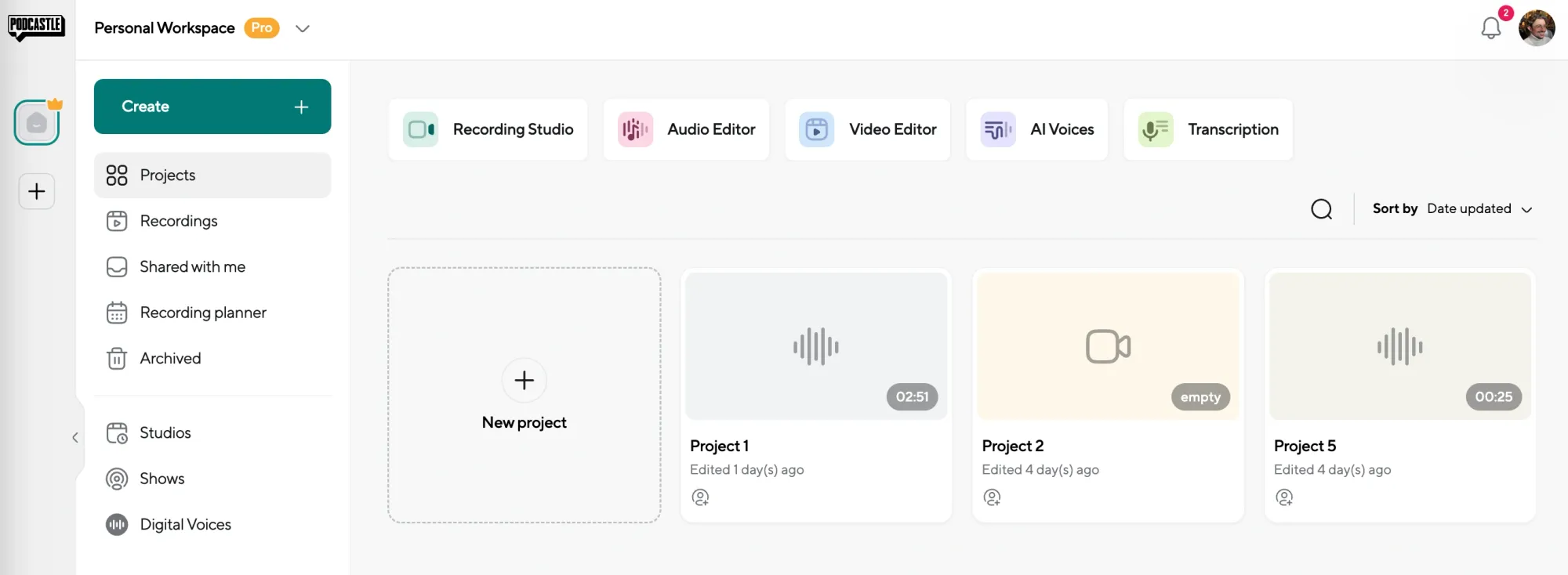
Begin by choosing how you want to bring your footage into Podcastle. If you’re recording fresh clips, head over to the recording studio. Once your clips are recorded, you can play them back to ensure they meet your expectations before moving them into the video editor.
Alternatively, if you already have footage ready, simply drag and drop it into the video editor to start editing instantly. The platform supports various file formats, making the upload process effortless.
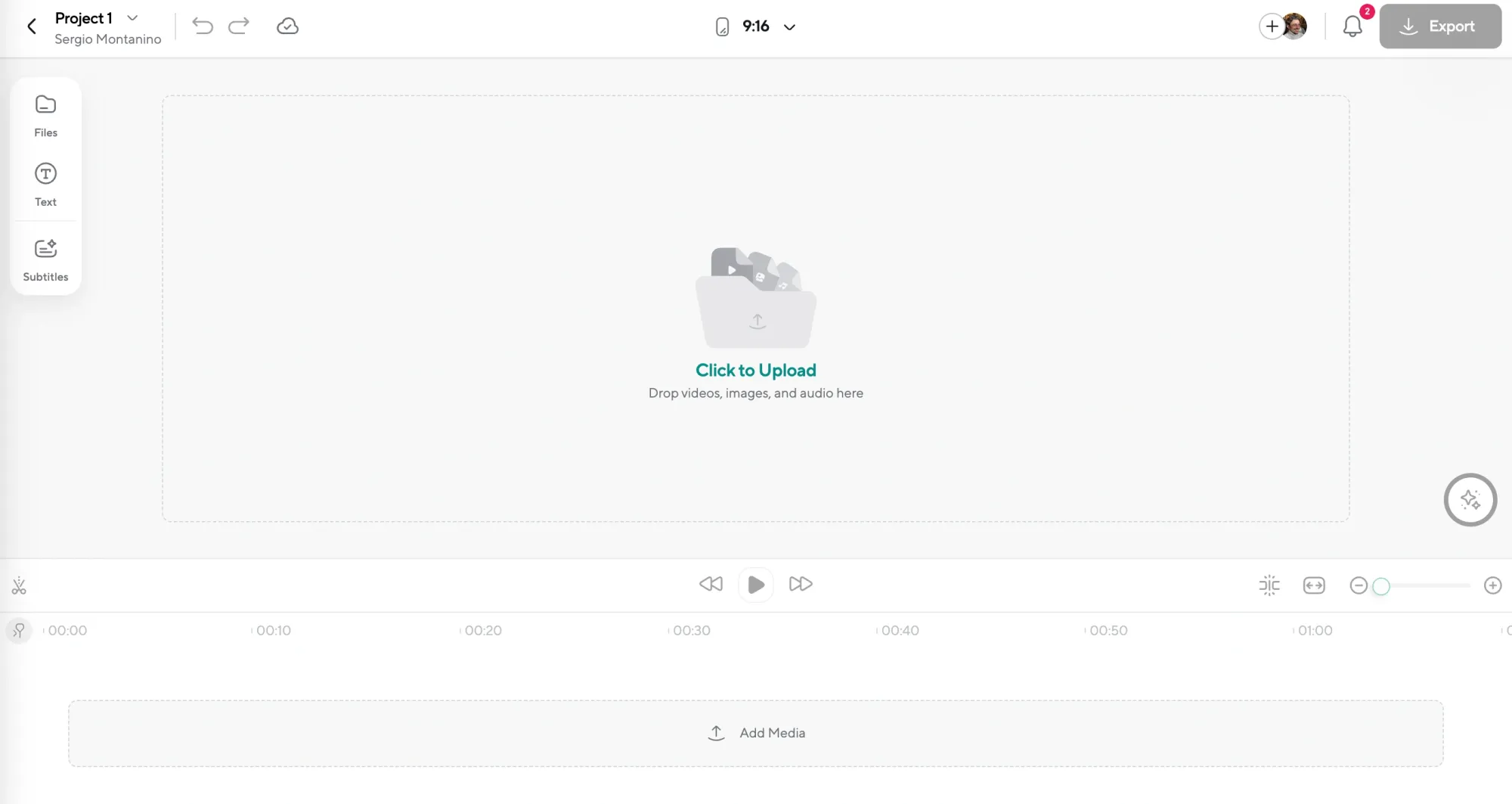
Step 2: Enhance Your Footage
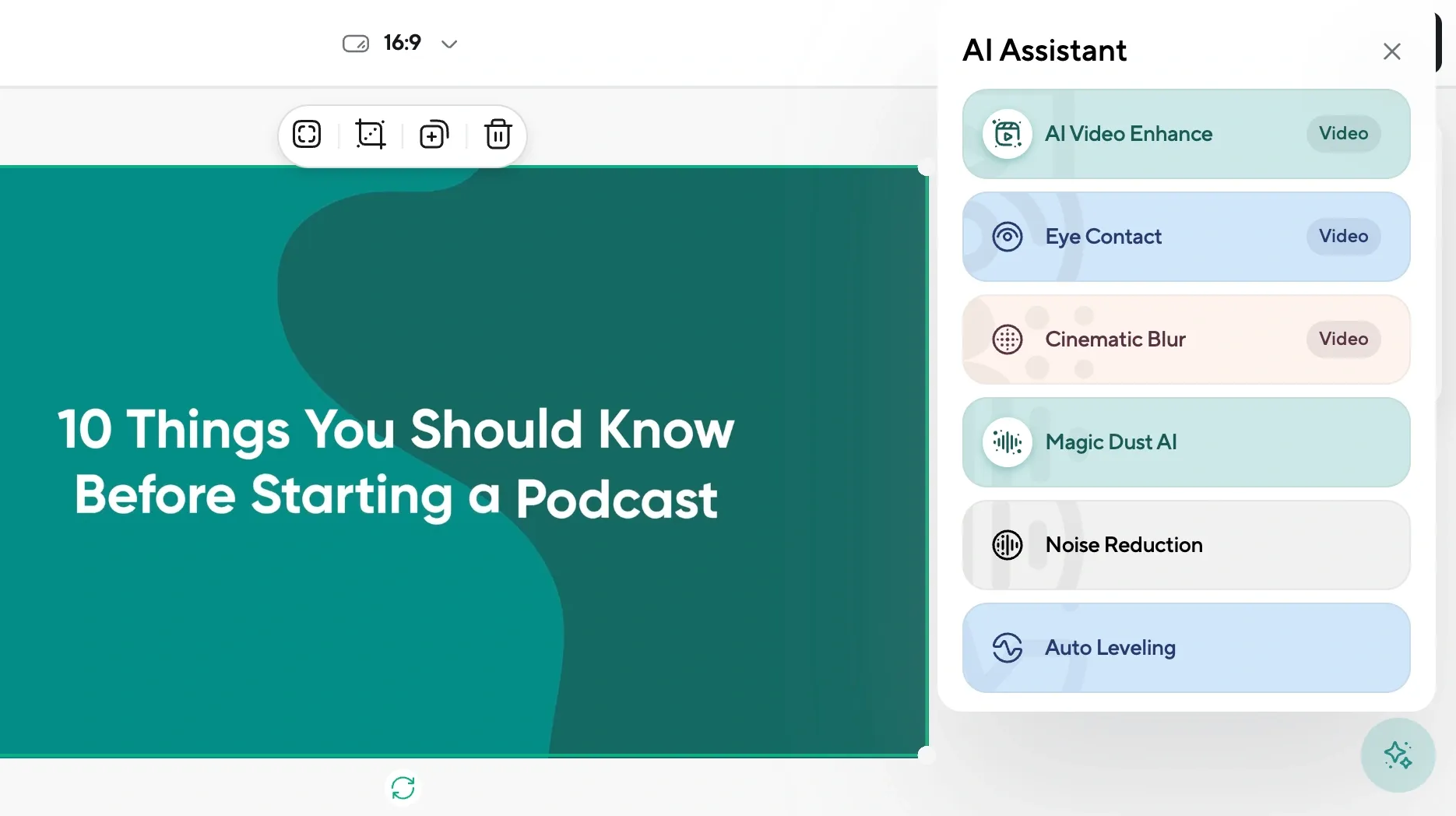
This is where your raw footage transforms into something extraordinary. Podcastle’s AI tools allow you to:
– Improve audio quality, eliminating any background noise or distortions.
– Upscale video resolution for a polished, high-definition look.
– Add cinematic blur to give your visuals a professional touch.
– Correct eye contact for a natural, engaging appearance.
With just a few clicks, these tools ensure your footage is refined and ready to captivate your audience.
Step 3: Add Subtitles or Captions
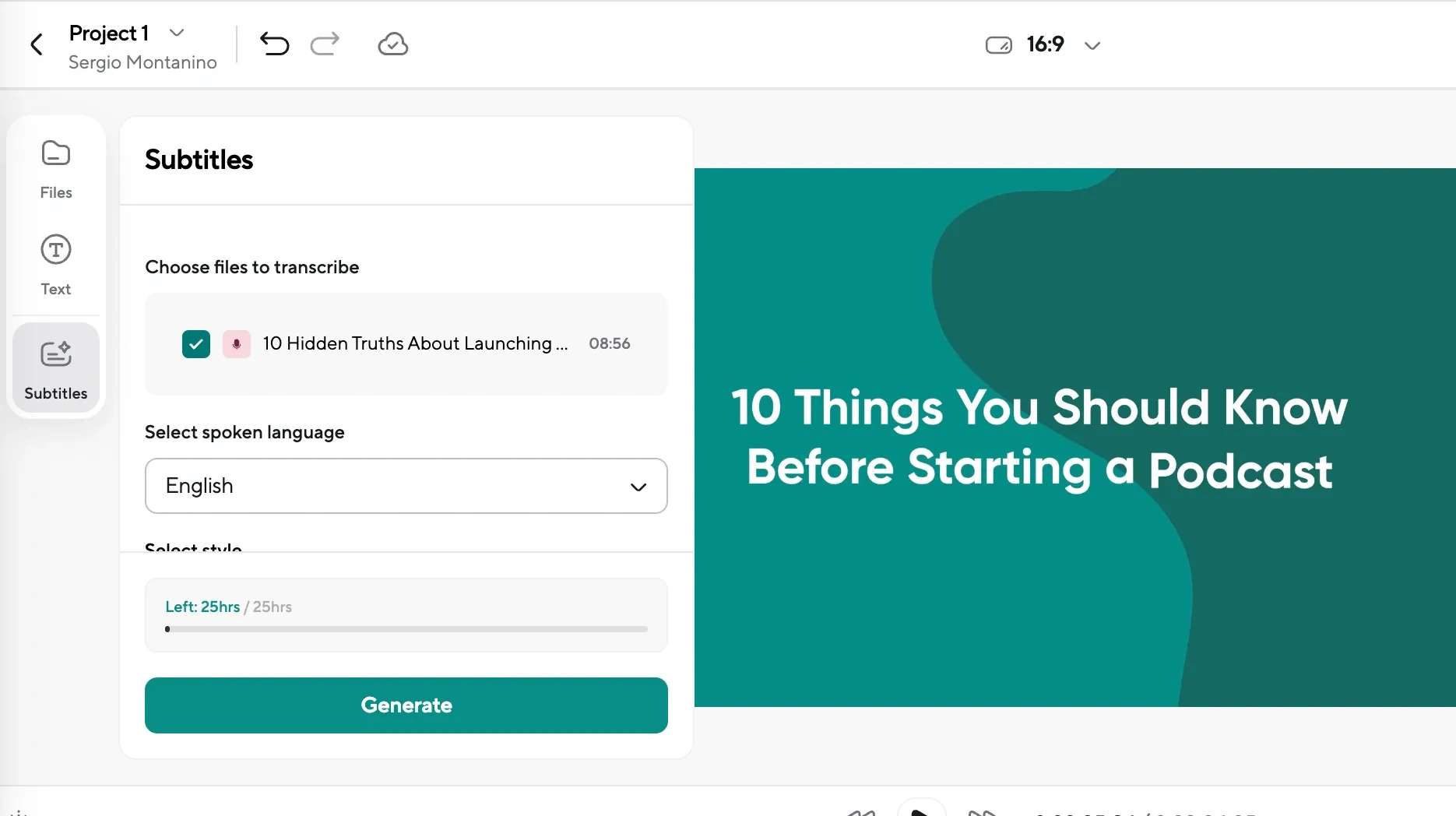
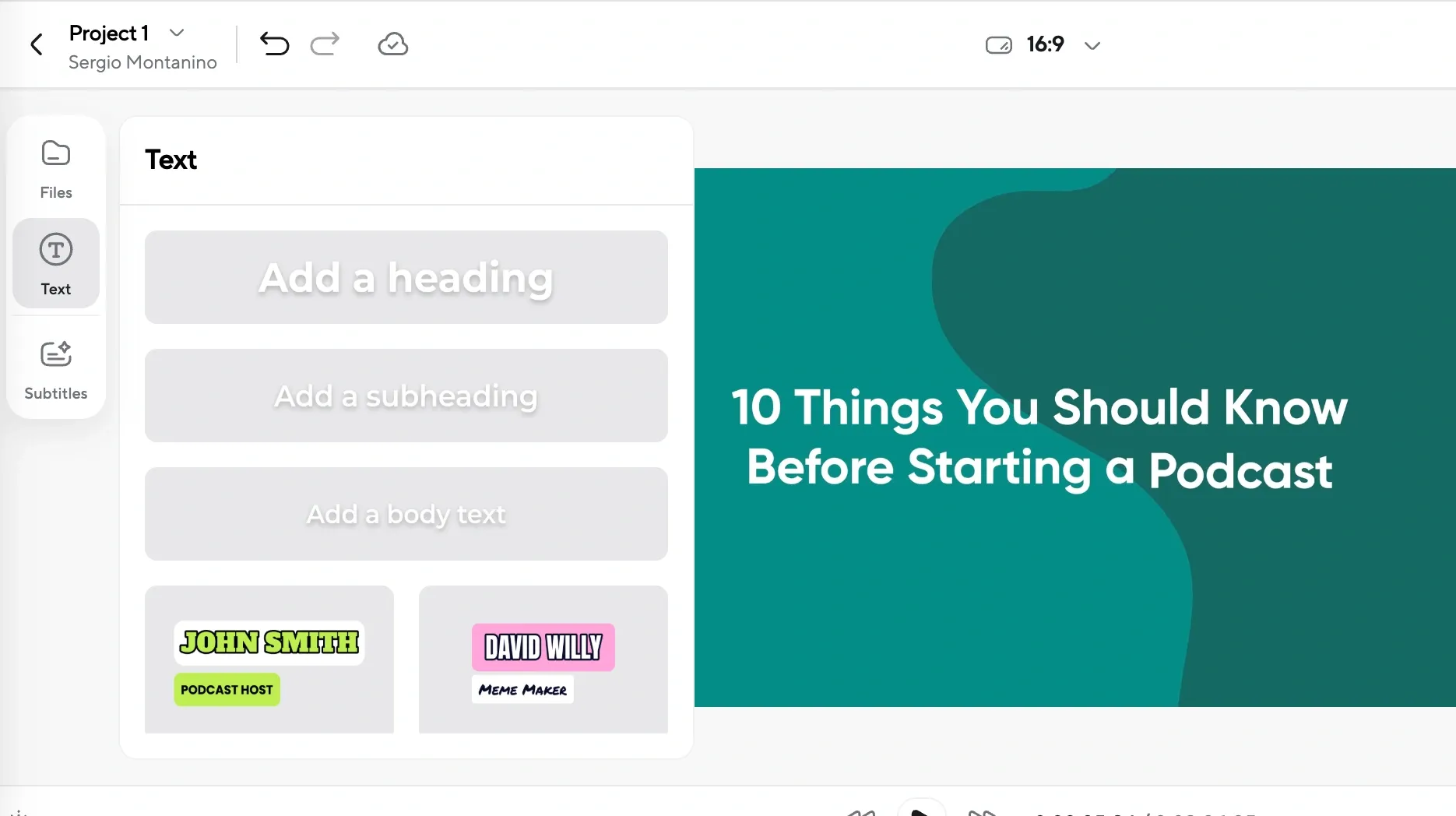
Next, head to the tab menu filled with customization options. Depending on your needs, you can generate subtitles and captions to make your video accessible to a wider audience.
Step 4: Export Your Video
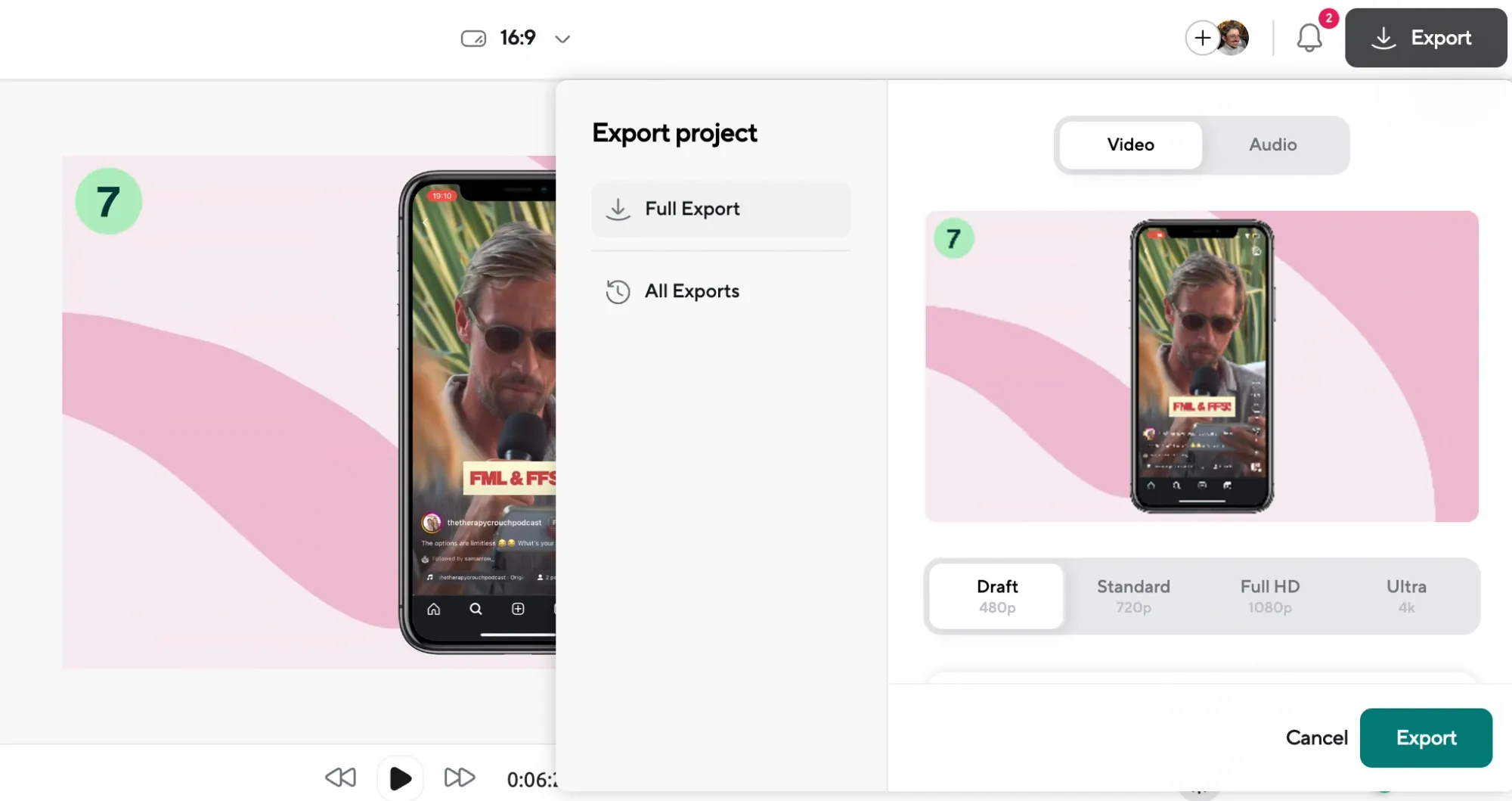
Once your video is edited to perfection, click the export button. Podcastle gives you control over the final format, allowing you to choose the resolution and file type that best suits your needs. The exporting process is quick and hassle-free, so you can share your video in no time.
Video Editing Tips for Beginners
Starting out with video editing can feel a bit overwhelming, but with the right approach, it becomes an exciting creative journey.
Here are some practical tips to help you find your footing when editing videos:
1) Keep It Simple at First
Avoid overloading your video with too many effects or transitions. Focus on clean edits and let your content shine. Simple cuts and smooth pacing often have the most impact.
2) Organize Your Footage
Before diving into edits, sort your clips into folders or timelines. Labeling them based on scenes or importance will save time and help you stay focused.
3) Learn Keyboard Shortcuts
Familiarize yourself with the keyboard shortcuts in Podcastle. Actions like cutting, trimming, or adding effects can be done much faster once you know the key combinations.
4) Pay Attention to Audio
Audio quality is as important as visuals. Use Podcastle’s tools to remove background noise, balance levels, and enhance clarity. A great video can lose its impact if the sound is distracting.
5) Experiment and Practice
Don’t be afraid to try different techniques. Experimenting with transitions, text overlays, and color grading will help you discover your style. The more you practice, the more confident you’ll become.
What’s Next for Edits?
As the app rolls out, expect regular updates and new features. Meta is already hinting at potential integrations with Threads and other tools, making it clear that Edits is part of a much broader vision at Meta.
